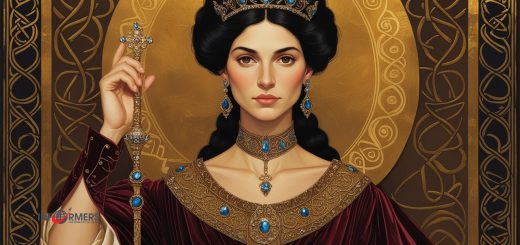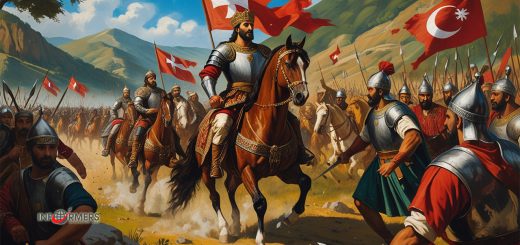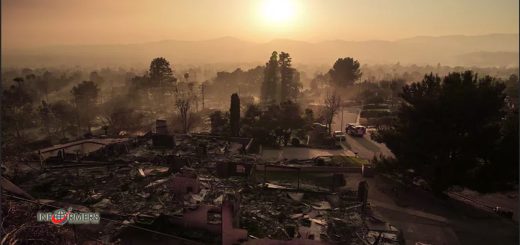Nelson Rolihlahla Mandela is one of the most famous and respected political figures of the 20th century

Nelson Rolihlahla Mandela is one of the most famous and respected political figures of the 20th century, with an influence that extends far beyond South Africa. He is known for his resolute fight against the apartheid regime and his years in prison, which only strengthened his commitment to justice and equality. After his release from prison, Mandela became South Africa’s first black president, leading a peaceful transition from racial discrimination to democracy and earning worldwide recognition as a symbol of peace and reconciliation.
Early Life and Formation
Nelson Mandela was born on 18 July 1918 in Mpheso, a village in the Umtata district of the Eastern Cape Province of South Africa. His given name was Rolihlahla, which means “troublemaker” in the Xhosa language. He was given the name “Nelson” later in school, following the colonial practice of giving African children English names.
Mandela was the son of a Thembu tribal chief and received a traditional upbringing steeped in the culture and heritage of his people. His father died when Mandela was only nine years old, and the regent of the tribe became his guardian. The regent sent him to prestigious schools such as Healdtown College and the University of Fort Hare, where Mandela earned a law degree.
Education and early steps in politics
While studying at the University of Fort Hare, Mandela was first introduced to the ideas of African nationalism and the struggle against injustice. During this time, he became actively involved in student politics and was eventually expelled from the university for participating in student protests.

After leaving Fort Hare, Mandela moved to Johannesburg, where he began working in a mine and continued his education through correspondence courses. He attended the University of South Africa and later earned a law degree. In 1942, Mandela joined the African National Congress (ANC), becoming an active member.
The Struggle Against Apartheid
Since the late 1940s, South Africa had been under apartheid, an official system of racial segregation and discrimination under which blacks, Indians, and other non-white groups were deprived of most civil rights and subjected to oppression. Mandela became one of the most vocal anti-apartheid activists.
In 1944, he helped found the ANC Youth League, which promoted a more radical approach to combating racism and injustice. Over the following decades, Mandela took part in various ANC-organized campaigns and protests. One of his most famous events was his participation in the 1952 Defiance of Unjust Laws campaign, during which he and other ANC leaders called for peaceful protests against the regime.
However, in response to the rise of anti-apartheid movements, the government intensified its repression. In 1956, Mandela was arrested and charged with treason, but was acquitted five years later. Despite this, the pressure on his associates and himself only increased.
Armed Struggle
In the early 1960s, Mandela and his colleagues came to the conclusion that peaceful methods of resistance were not leading to success. In 1961, an armed wing of the ANC called Umkhonto we Sizwe (Spear of the Nation) was founded, with Mandela as its leader. The organization began sabotaging government targets in an attempt to avoid civilian casualties. Mandela also traveled abroad to gain support and military training.
In 1962, Mandela was arrested for leaving the country illegally and sentenced to five years in prison. However, in 1964, after evidence of his involvement in sabotage was discovered, Mandela was sentenced to life imprisonment at the Rivonia Trial. The trial became famous not only for its harsh sentence, but also for the historic speech Mandela gave in court. In his speech, he declared that he was prepared to die for the idea of a society in which there would be equal rights for all.

Imprisonment: 27 years in prison
Mandela spent 27 years in prison, much of it on Robben Island. In prison, he faced harsh conditions: hard labor, limited communication with the outside world, poor living conditions. Despite this, Mandela did not stop his struggle. He continued to study and discuss politics with other prisoners, and maintained contacts with the outside world through his lawyers and occasional visits from family members.
In prison, Mandela became a symbol of the struggle for freedom and justice. The international community, including the United Nations and world leaders, began to put pressure on the South African government to release him and end apartheid. A large-scale campaign called “Free Nelson Mandela!” attracted the attention of millions of people around the world.
Release and Peace Negotiations
On 11 February 1990, after lengthy negotiations between the South African government and the ANC, Nelson Mandela was released from prison. His release was a key step in South Africa’s peaceful transition from apartheid to democracy.

Immediately after his release, Mandela began actively participating in negotiations with the government of President Frederik de Klerk on the creation of a new political system based on the equality of all citizens. These negotiations were difficult and were accompanied by outbreaks of violence from radical groups, but Mandela demonstrated his ability to achieve reconciliation and non-violence.
In 1993, Nelson Mandela and Frederik de Klerk jointly received the Nobel Peace Prize for their efforts to peacefully resolve the conflict and implement democratic reforms.
Presidency and Democratic Reforms
In 1994, after the first democratic elections in South Africa’s history, in which all racial groups participated, Nelson Mandela became the country’s first black president. His rule was marked by profound reforms aimed at reconciliation and restoration of justice.
One of Mandela’s most important steps was the establishment of the Truth and Reconciliation Commission, the purpose of which was to expose the crimes committed during apartheid and restore relations between the country’s different ethnic groups. Mandela understood that sustainable peace required not only legal punishment of the perpetrators, but also moral reconciliation of society.
During his presidency (1994-1999), important measures were taken to improve the social situation of black South Africans, including improving access to education and health care. His government also promoted economic reforms aimed at combating poverty and economic inequality.

Resignation and Legacy
In 1999, Mandela resigned as president, voluntarily giving up a second term. This was a rare example of a voluntary resignation from power in African countries, which further strengthened his reputation as an honest and principled leader. After leaving office, Mandela continued his active public life, participating in the fight against poverty and AIDS.
Mandela left behind a huge legacy not only in politics, but also in culture. His figure became a symbol of the struggle for human rights, freedom and reconciliation. He not only changed his country, but also influenced international movements for civil rights and social justice.
















